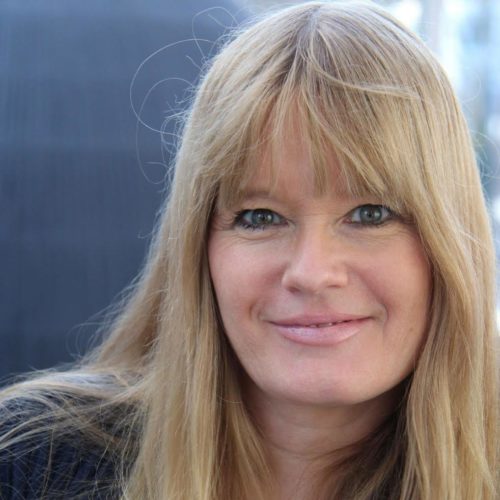kodeks domain was triggered too early. This is usually an indicator for some code in the plugin or theme running too early. Translations should be loaded at the init action or later. Please see Debugging in WordPress for more information. (This message was added in version 6.7.0.) in /srv/web1/datarespons/solutions.datarespons.com/wp-includes/functions.php on line 6131To fully put Circular Economy, and product Life Cycle Assessments (LCA) on the agenda we entered into a pilot project agreement with Circular Norway to hold Circular Economy workshops for employees and management.
Management and all Norwegian employees have received training in:
We firmly believe that strengthening our Circular Economy skills, understanding and systematically implementing the fundamentals of circular design and learning more about mapping a products footprint (LCA) will benefit our customer development projects, especially with the requirements of the Corporate Sustainability Reporting Directive (CSRD). Making sustainable solutions that last longer will help eliminate waste and pollution, circulate products and materials, and regenerate nature.
To see how our operational and organisational activities align, we have put two solutions we make for our customers through a GAP-analysis based on the eight key principles of Circular Economy with 80+ underlying strategies.
1. Prioritize regenerative resources
2. Stretch the lifetime
3. Use waste as a resource
4. Rethink the business model
5. Design for the future
6. Incorporate digital technology
7. Team up to create joint value
8. Strengthen and advance knowledge

We firmly believe that strengthening our Circular Economy skills, understanding and systematically implementing the fundamentals of circular design and learning more about mapping a products footprint (LCA) will benefit our customer development projects, especially with the requirements of the Corporate Sustainability Reporting Directive (CSRD).
Lynda Haig Thoresen
Marketing, Communication & Sustainability Manager, Data Respons Solutions